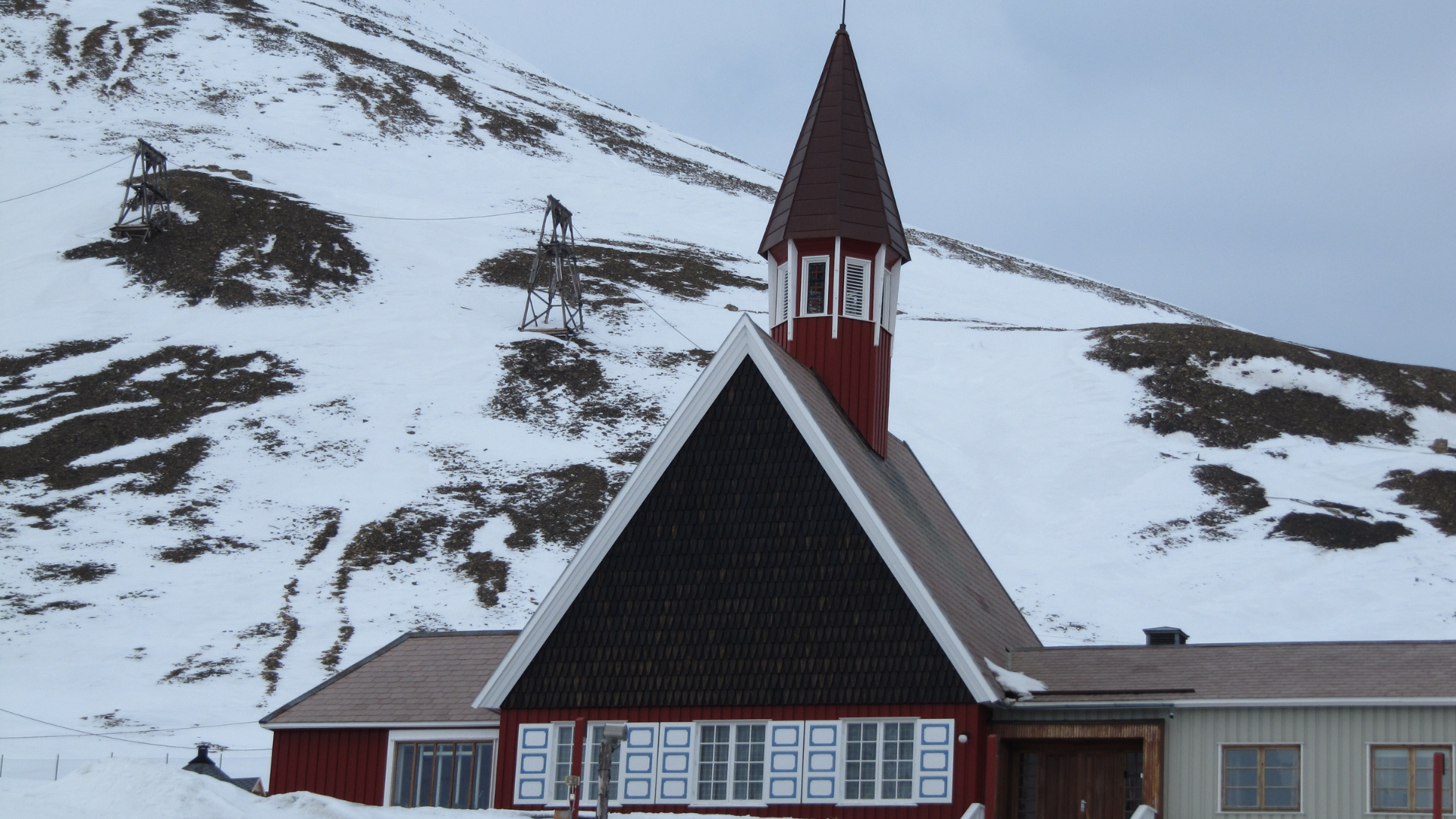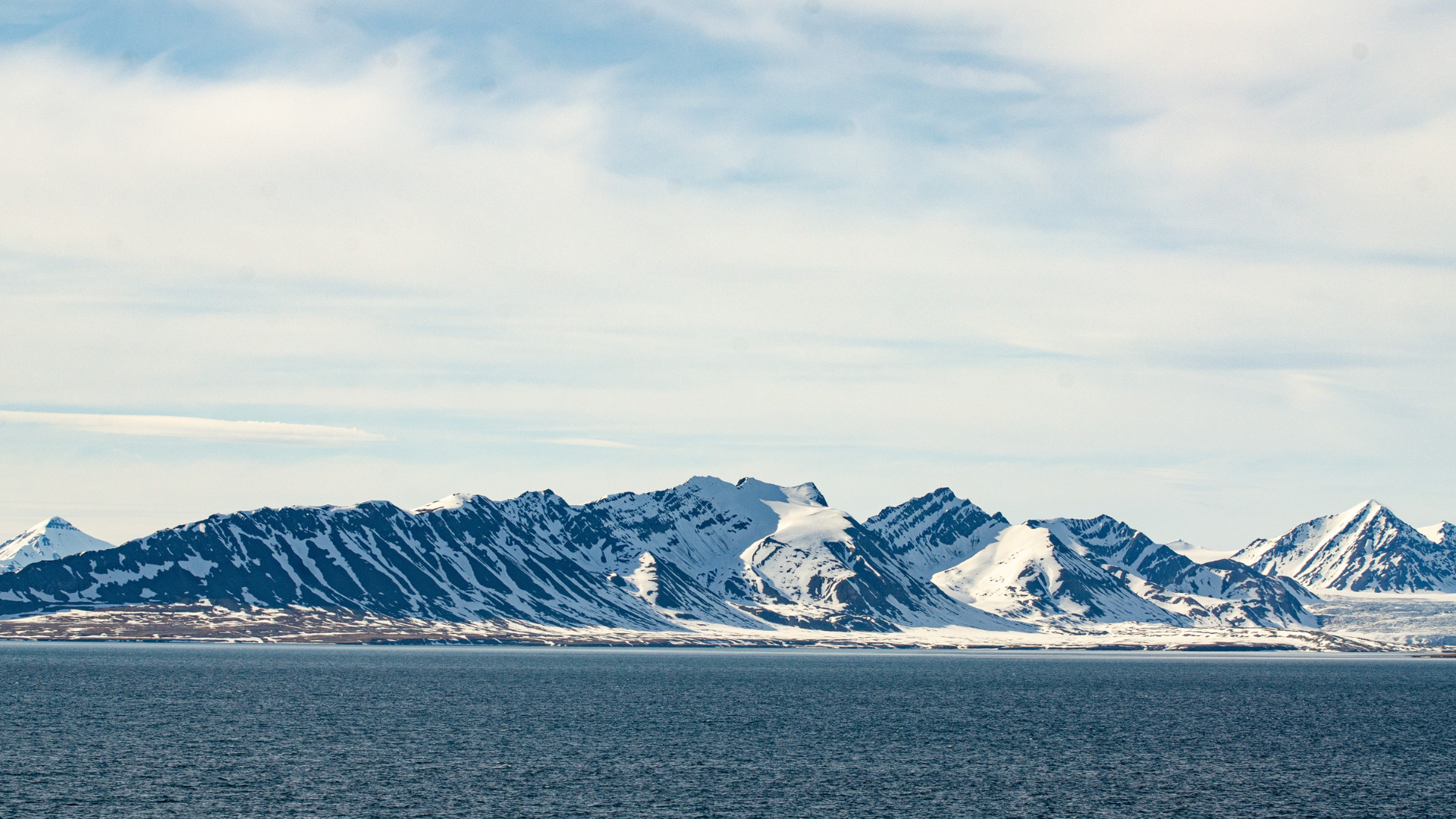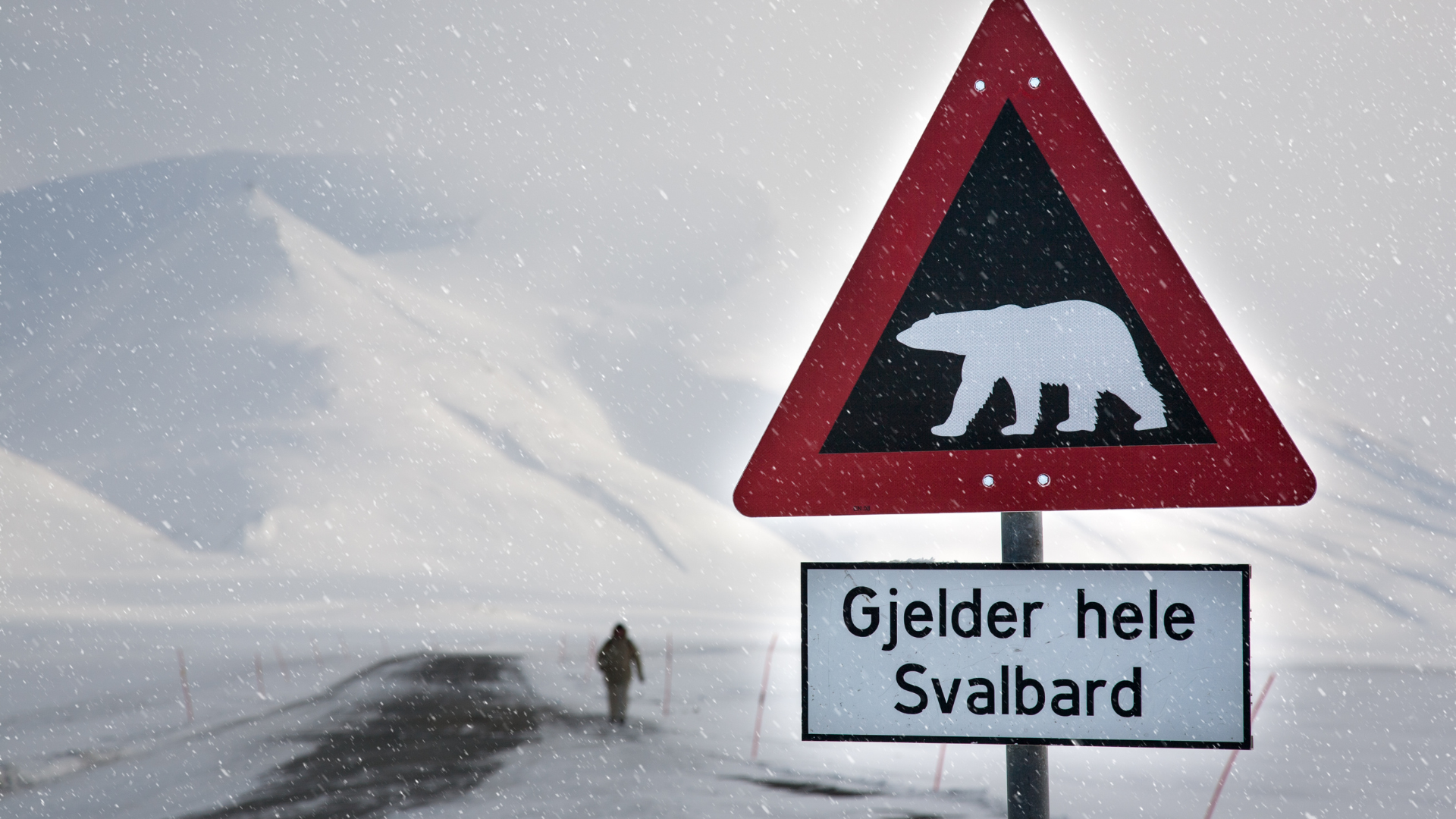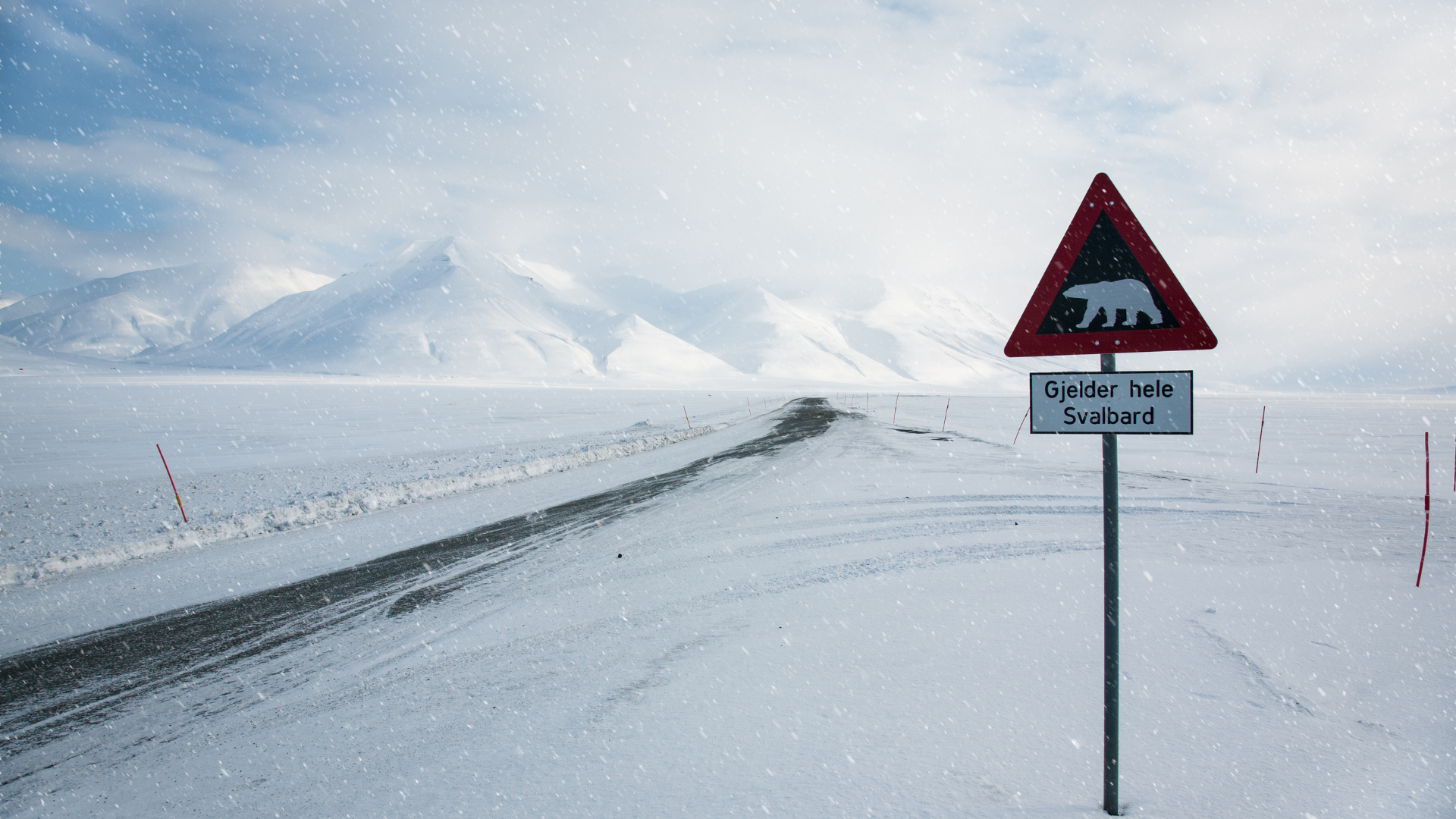Spitsbergen: How to Prepare in Winter
Spitsbergen: How to Prepare in Winter
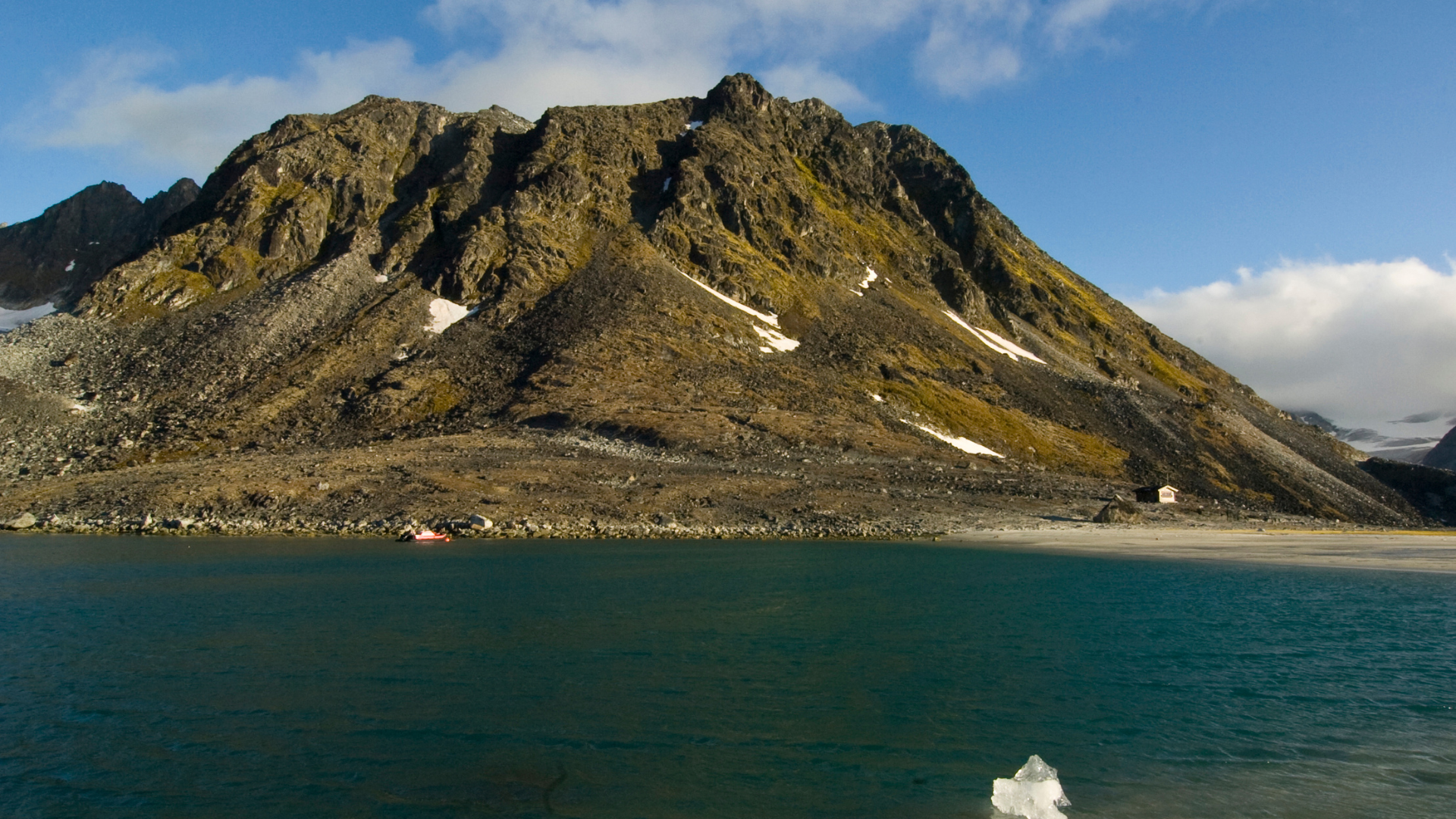
Winter in Spitsbergen, from November to February, is a season of extreme conditions and extraordinary beauty. The island is enveloped in darkness for much of this period, with only the faint glow of the polar night and the ethereal northern lights breaking through. Preparing for a winter trip to Spitsbergen requires careful planning to ensure you are equipped to handle the harsh Arctic environment. Here’s a guide on how to prepare for a winter adventure in Spitsbergen.
Firstly, appropriate clothing is critical. Winter temperatures in Spitsbergen can drop well below freezing, often reaching -20°C (-4°F) or lower. Dressing in layers is essential to stay warm. Start with a moisture-wicking base layer to keep sweat away from your body, followed by insulating layers such as wool or down. A high-quality, windproof, and waterproof outer layer is crucial to protect against the elements. Insulated gloves, a warm hat, and a scarf or neck gaiter are also necessary to protect extremities from the cold.
Investing in high-quality winter boots is important for keeping your feet warm and dry. Look for insulated, waterproof boots with good traction to navigate icy and snowy conditions. Thermal socks and boot liners can provide additional warmth. Ice grips or crampons can be attached to your boots for extra stability on icy surfaces, which are common in Spitsbergen during winter.
In terms of gear, bringing a headlamp or flashlight is essential due to the long periods of darkness. Make sure to pack extra batteries or rechargeable options, as the cold can quickly drain battery life. Sunglasses are also useful for protecting your eyes from the glare of the snow during the brief twilight hours. A good camera with a tripod is recommended for capturing the northern lights and the stark beauty of the winter landscape. Spare batteries and memory cards are advisable, as cold temperatures can affect battery performance.
Health and safety preparations are paramount. Carry a comprehensive first aid kit, including supplies for treating frostbite and hypothermia, which are real risks in the Arctic. Ensure your travel insurance covers emergency evacuation, as medical facilities on the island are limited, and serious cases may require evacuation to mainland Norway. Familiarize yourself with the symptoms of frostbite and hypothermia and know how to respond to these conditions.
Booking accommodations and tours well in advance is essential during the winter season, as many tours and activities are popular and can fill up quickly. Longyearbyen offers a range of accommodations, from budget-friendly hostels to luxury hotels. Guided tours, such as northern lights safaris, snowmobile excursions, and dog sledding adventures, are highly recommended for both safety and to fully experience the unique winter environment.
When it comes to logistics, be prepared for potential travel disruptions. Winter weather can be unpredictable, with snowstorms and high winds causing flight delays or cancellations. Plan for flexibility in your travel schedule and consider arriving a day early to accommodate any unforeseen changes. It’s also wise to check the weather forecast regularly and stay informed about local conditions.
Respecting the local environment and wildlife is crucial, especially in winter. The Arctic ecosystem is fragile, and human impact can be significant. Follow the principle of “leave no trace” by minimizing waste, sticking to established trails, and avoiding disturbing wildlife. Polar bears are a constant presence, and it’s important to maintain a safe distance. Always follow the advice of local guides and never approach or feed wildlife.
Communication is another key aspect of preparation. While Longyearbyen has good mobile coverage and internet access, many remote areas do not. Inform someone of your travel plans and expected return times, especially if venturing out on self-guided activities. Carrying a satellite phone or personal locator beacon can provide added security in case of emergencies.
Lastly, be mentally prepared for the unique conditions of the Arctic winter. The extended darkness can be disorienting and affect your mood. Embrace the opportunity to experience the polar night and the northern lights, but also make time for rest and relaxation. The cold and darkness can be challenging, but with the right preparation and mindset, they become part of the adventure.
Preparing for a winter trip to Spitsbergen requires careful planning and packing to ensure you are ready for the extreme Arctic conditions. With the right clothing, gear, and precautions, you can fully enjoy the mesmerizing beauty and unique experiences that Spitsbergen offers in winter.


